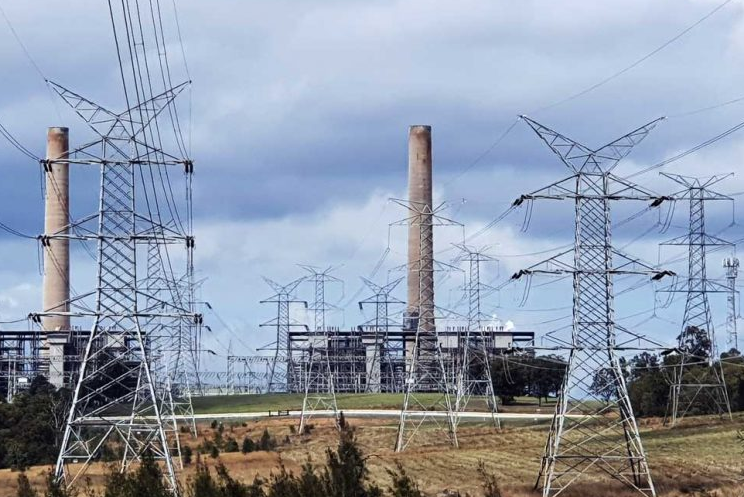
Governments will need to close most of the world’s coal-fired power stations by 2030, and place a halt on the construction of new coal generators, if there is any hope to successfully limit global warming to around 1.5°C, according to new research published in Nature Communications.
The researchers – led by a team from the Center for Global Sustainability based at the University of Maryland – found that to meet the Paris 2°C target, the global coal generation fleet would need to close when plants reach an operating age of 35 years – which contrasts to the Australian government assumption that all coal generators would last 50 years, if not more.
This deadline gets even shorter in a scenario that limits warming to no more than 1.5°C, and shorter still if coal-fired power stations currently under development are allowed to be constructed.
“Each year countries delay their commitment to no new coal, they are squeezing the already short timeline necessary for global coal power plant retirement,” lead author of the research paper, Dr Ryna Cui said.
“The lifetime limits for both 2°C and 1.5°C are reduced by five years if plants under construction come online and ten years if all proposed projects are built,” the paper says.
“We find that, while many countries are still actively planning, authorizing, and constructing new coal power plants, this additional capacity is inconsistent with the long-term Paris goals…
“Cost-effective pathways for meeting the well-below 2°C or 1.5°C goals require cancelling new coal projects and reducing operational lifetimes of existing units to 35 and 20 years, respectively.”
This raises the prospect of almost all of the world’s coal fire generators needing to close by 2030 to meet a 1.5 °C warming limit.
“Achieving the 2°C goal requires a 720GW or 36% reduction in capacity by 2030, and achieving the 1.5°C goal requires a 1890GW or 94% reduction,” the researchers said.
This would have major implications for the Australian coal-fleet, with much of Australia’s coal-generation fleet already past the age of 35 years, with almost all generators beyond the 20-year operational limit.
The research suggests that if the Australian government is to credibly aim to limit global warming to level consistent with the Paris Agreement targets, it must prepare for a rapid transition of the Australian energy system away from coal and towards renewables.
Many of Australia’s largest power stations are reaching the end of their operational life, including the 2000MW Liddell power station which is scheduled to close in 2023.
However, the research suggests that other power stations, like the 2,880 Eraring power station (~35 years old), the 2,640MW Bayswater power station (~35 years old) and the 1,320MW Vales Point power stations (~40 years old) should be earmarked for imminent closure.
The researchers examined emissions trajectories that would allow countries to deliver on the Paris Agreement goals of limiting global warming to no more than 2°C, and ideal scenarios that would limit warming to 1.5°C above pre-industrial levels.
The researchers found that a majority of the global coal generator fleet would need to close by 2030 to meet the Paris Agreement targets, with a reduction of 60 per cent of coal emissions needed by 2030, and an almost complete phase-out of coal use by 2050 required.
In seeking a cost-effective approach to reaching the Paris Agreement targets, researchers have determined an ‘operational lifetime limit’ for coal-fired generators, which in effect would set the age at which coal-fired power stations must close.
“We find that, compared to the historical average lifetime of approximately 50 years, retiring existing units once they reach a 35-year lifetime can limit warming to 2°C; with a 1.5°C limit, this lifetime is reduced to 20 years. These lifetime limits are 15 and 30 years shorter, respectively, than the typical average lifetime, an important insight for decision-makers assessing new energy investments,” the paper said.
More than 100GW of new coal-fired generation capacity is currently under construction in China, with around 120GW worth of additional projects seeking approval for future construction. There are 91GW of additional projects in the development pipeline in India.
“Successful energy transitions towards low-carbon energy in developing countries are crucial for stabilizing the climate, and based on our analysis, coal power construction must end to protect future generations,” Dr Cui added.
“China and other developing countries have much younger coal fleets, and it is impossible to keep those running for more than 40 years like they have been until today.”
Last week, federal energy minister Angus Taylor indicated that the first six projects flagged for support under the government’s Underwriting New Generation Investments program are expected to be approved by the end of the year. This is expected to include support for an expansion of the Vales Point coal fired power station.